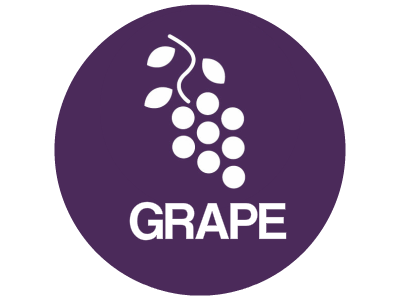No. 1: Thinking Like an Economist
Many HR leaders are dealing with more complex questions than their predecessors faced. Instead of focusing on traditional personnel issues, these new questions address core business issues. Economist-minded HR leaders, meaning not only internal “leading indicators,” but also external ones, such as GDP, employment shifts or public infrastructure spending; these are critical in pointing the way to sound business decisions.
No. 2: The Open Talent Economy
In the past there was more face-to-face interaction, however, today’s perception of the work environment and the workforce have changed. Global markets and products, driven by rapid innovation and post-digital disruption, seem to demand new talent models that can be rapidly configured and reconfigured. This trend will ultimately rewrite what the term “workforce” actually means and requires new thinking around the risk and opportunities of this new workforce structure.
Talent models include: 1. Partnership Talent (employees who are part of joint ventures) 2. Borrowed Talent (employees who are part of contractors/outsourcing) 3. Freelance Talent (independent, individual contractors) 4. Open source Talent (individuals who don’t work for you, but offer value).
No. 3: Innovating the Talent Brand
In a knowledge-based economy, skilled talent may be what most differentiates great companies from the rest of the pack. Expert talent can help drive innovation and customer value, create growth opportunities and mitigate increasing risks. Organizations that do an extraordinary job managing their talent agendas have an opportunity to set themselves apart, in both the talent arena and in the broader marketplace. In today’s hyper-connected world, the corporate brand and the talent brand are two sides of the same coin.
No. 4: Creating an Elastic Workplace
Workplace flexibility is vital for many employees. Some flexibility programs have foundered under the weight of poor approaches that created more managerial problems than they solved. Is the organization’s technology up to the task? What is the relationship between the value employees derive from flexibility and the value it brings to the business?
No. 5: Finding the Silver Lining in the Talent Gap
Business’s are finally starting to capitalize on the opportunity as thousands of baby boomers become eligible for retirement and many mature workers are continuing to work. For organizations, this shift can be both beneficial and challenging. The positive changes in retirement patterns may help baby-boomers withdraw themselves from the workplace and enjoy hobbies, gardening, traveling and grandchildren. Thus, saving a company’s budget and reducing medical benefits. The negative side of this silver lining is that the shifts in retirement have the potential to increase payroll and benefits costs, and may even disrupt the talent pipeline.
No. 6: Debunking the Superhuman Myth
Businesses today face a virtually unprecedented variety of challenges, from harvesting profits in mature economies with flat or declining growth, to establishing toeholds in emerging countries. Each challenge requires a leader to remain, assertive, strong and the willingness to communicate. So focusing on building a broad and diverse bench of leaders gives an organization the strategic flexibility to react quickly and adopt to change.
No. 7: The Performance Management Puzzle
In this new world of work, team relationships often influence an individual’s performance more than a supervisor. As individual and organizational goals are increasingly tied to project cycles the matrix organization, and individuals migrating from one cross-functional team to another, performance management may tend to become less direct, needed or even lost in transition. Yet, no single answer has emerged that spans the conflicting needs of the organization and its individuals, the search for innovation in performance management is accelerating.
A Key Takeaway for HR Leaders
As organizations having to do more with less, they’re doing so in the face of dramatic and rapid shifts in technology, demographics and regulation. Many leading organizations have already had these crucial conversations, recognizing that now is the time to get ahead of the trends by making more informed decisions, however, for those who haven’t, I hope this article may be used as a solid checklist for getting started.
/* Style Definitions */
table.MsoNormalTable
{mso-style-name:”Table Normal”;
mso-tstyle-rowband-size:0;
mso-tstyle-colband-size:0;
mso-style-noshow:yes;
mso-style-priority:99;
mso-style-parent:””;
mso-padding-alt:0in 5.4pt 0in 5.4pt;
mso-para-margin-top:0in;
mso-para-margin-right:0in;
mso-para-margin-bottom:10.0pt;
mso-para-margin-left:0in;
line-height:115%;
mso-pagination:widow-orphan;
font-size:11.0pt;
font-family:”Calibri”,”sans-serif”;
mso-ascii-font-family:Calibri;
mso-ascii-theme-font:minor-latin;
mso-hansi-font-family:Calibri;
mso-hansi-theme-font:minor-latin;
mso-bidi-font-family:”Times New Roman”;
mso-bidi-theme-font:minor-bidi;}
